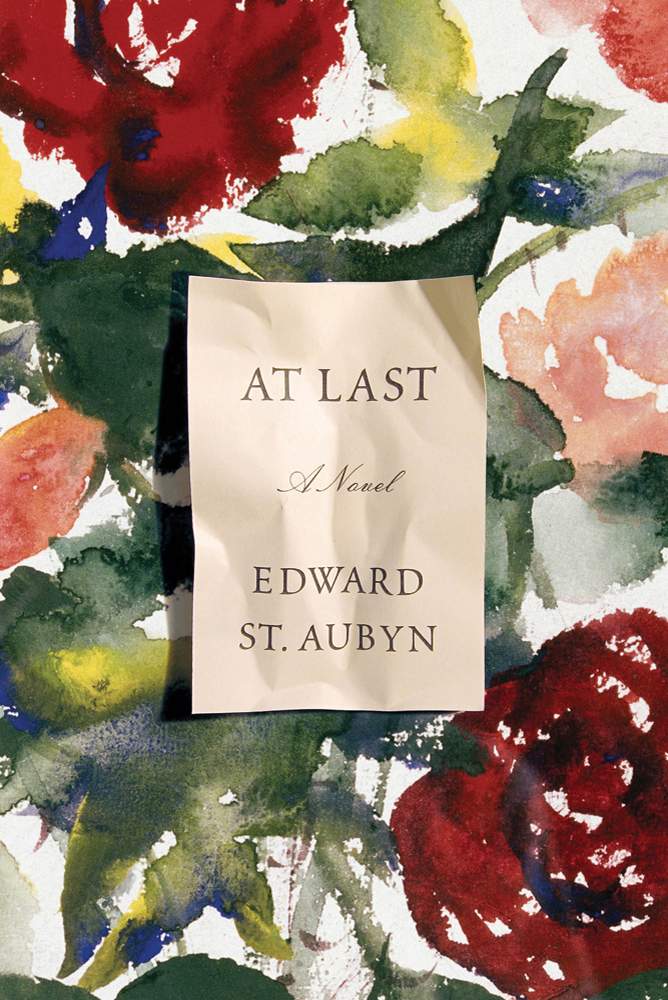Pulsing jewels: Edward St Aubyn’s ‘At Last’
Posted on | March 19, 2012 | 2 Comments

First, what a lovely painting of roses by British surgeon and artist Sir Roy Calne decorates the dust jacket of Edward St Aubyn’s new novel “At Last.”
Second, what fine filling there is between the covers.
Others have written about the desolation, wit and clawed progress toward hope that makes the final installment of St Aubyn’s “Melrose novels” proof, as if proof were needed, that high-end English ennui is not dead, not embalmed and sole territory for the period costume department of the BBC. “At Last” was so powerfully admired by New Yorker critic James Wood that his review amounted to placing an encyclopedia on a daisy. What I haven’t seen remarked on, which is not to say that it hasn’t been noticed — even all over the place, is that the core of St Aubyn’s solace in this strange and beautiful book isn’t in the wit of the characters, distilled into morbid form at a funeral. The lever that lifts the book, and seemingly the author, past revenge comedy is the landscape. When St Aubyn’s characters escape outdoors, where there is beauty to be had, his clinical eye records it, “the unopened irises, like paintbrushes dipped in blue;” the “bobbing majesty” of a pheasant’s “avian gait, the price of a strained talent.”
There are tacit rules about spoiling magnificent passages with opportune excerpts, so to keep the wreckage to a minimum, consider how this one kernel of wonder, from a childhood moment in Provence, sustains the chief narrator:
“…in the system of imaginary protection that the land used to allow him, it was the lucky tree frogs that really counted. If only he could touch one of them, everything would be all right. They were hard to find. The round suckers on the tips of their feet meant that they could hang anywhere in the tree, camouflaged by the bright green of a new leaf or an unripe fig. When he did see one of these tiny frogs, fixed to the smooth grey bark, its brilliant skin stretched over a sharp skeleton, it looked to him like pulsing jewellery. He would reach out his index finger and touch it lightly for good luck. It might have only happened once, but he had thought about it a thousand times.”
And so shall I.
Is a coda needed here about the importance of allowing children outside, alone, in unfiltered nature? Or about why we shouldn’t wreck places fit for frogs? It shouldn’t be, but it probably is, certainly here in Los Angeles, possibly even in the privileged hell captured by St Aubyn.
Comments
2 Responses to “Pulsing jewels: Edward St Aubyn’s ‘At Last’”
Leave a Reply



March 19th, 2012 @ 7:28 pm
MMMM.. Sounds sublime.
March 30th, 2012 @ 10:57 am
What an inspiring review.